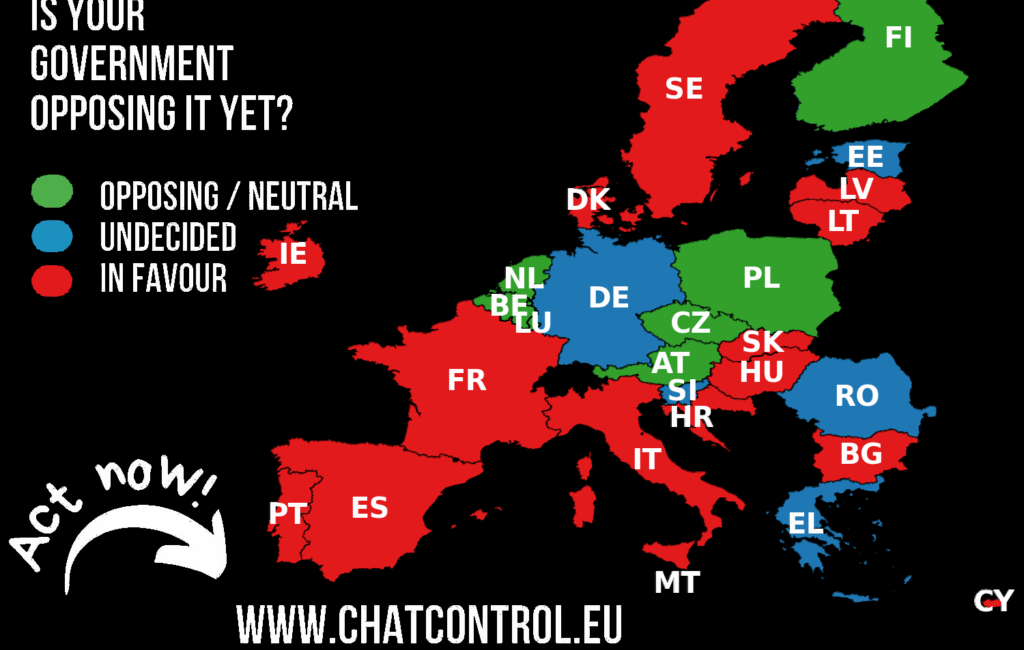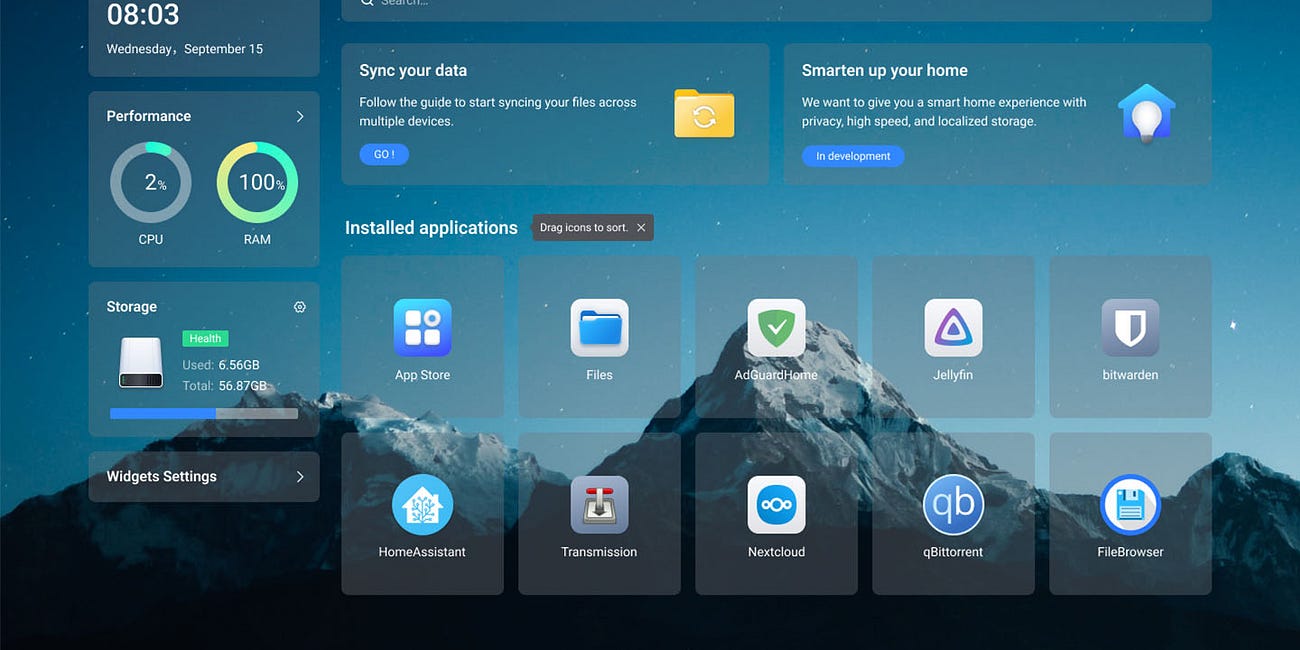Big Brother in a Box:
How Cell Site Simulators Track You and How to Fight Back in 2025
You carry a powerful tracking device in your pocket every day. It’s your cell phone. While we often worry about app permissions and social media privacy, a more stealthy and physical threat has evolved significantly: the Cell Site Simulator.
Often dubbed “StingRays” or IMSI Catchers, these devices have become more sophisticated and accessible. What was once primarily a law enforcement tool is now available to a wider range of actors. So, how do they work in 2025, and what can you do to protect yourself? Let’s dive in.
What is a Cell Site Simulator?
In simple terms, a cell site simulator is a device that pretends to be a legitimate cell phone tower. Your phone is designed to automatically connect to the strongest cellular signal it can find. These simulators exploit that very feature by broadcasting a signal that’s stronger than those from surrounding legitimate towers.
Once your phone is tricked into connecting to this “fake tower,” the simulator can extract its unique identifiers and use that connection to pinpoint your location with frightening precision. Modern versions have become more targeted, reducing collateral collection but making them harder to detect.
The “How”: A Step-by-Step Tracking Guide
The process remains deceptively simple, but the technology has advanced:
The Smart Lure: Modern simulators use AI-powered signal management to broadcast the minimum necessary signal strength, making them harder to distinguish from real towers. They can now mimic 5G towers more effectively.
The Connection: Your phone, always seeking the best connection, willingly links up with the simulator, revealing its unique identifiers (IMSI, IMEI, and even SUCI in 5G networks).
The Precision Tracking: Using advanced signal processing and machine learning, modern simulators can now track location with under 3-meter accuracy in urban environments, a significant improvement from earlier versions.
The Silent Intercept: The latest systems can maintain persistent connections without noticeable signal degradation, and some can exploit vulnerabilities in 5G network slicing to intercept specific data streams.
Who Uses This Technology in 2025?
Law Enforcement: Now using more targeted “box in a briefcase” systems with reduced collateral collection
Corporate Security: For protecting intellectual property and detecting corporate espionage
Private Investigators: Increasingly accessible through gray-market vendors
Malicious Actors: DIY kits available on dark web markets for as little as $2,000
How Can You Protect Yourself? The 2025 Privacy Toolkit
The technology has evolved, but so have our defenses. Here’s your 2025 privacy strategy:
1. Embrace Post-Quantum & Metadata-Resistant Apps
End-to-end encryption is now table stakes. The new frontier is protecting against future threats and hiding who you’re talking to.
For Mass Adoption: Signal now supports usernames and is testing post-quantum encryption protocols, making it more private than ever.
For Maximum Anonymity: SimpleX Chat represents the next evolution—its unique architecture uses disposable, temporary relay nodes, meaning there are no central servers or user identifiers to compromise. It’s like having a self-destructing pathway for every conversation.
Future-Proofing: Look for apps implementing ML-KEM (the standardized post-quantum encryption) to protect against tomorrow’s quantum computing threats.
2. Go Beyond “Disable 2G” with Network Lockdown
The old advice still applies, but 2025 requires deeper protection:
Use a Privacy-Focused OS: For Android users, GrapheneOS or CalyxOS offer advanced radio control, allowing you to disable specific cellular bands and implement strict connection policies.
Zero-Trust Network Access: Enterprise users should implement ZTNA solutions that treat every connection as potentially hostile, providing encrypted tunnels regardless of network type.
Carrier-Level Protection: Services like MySudo provide additional abstraction layers, separating your device identity from your communication channels.
3. Detection Gets Smarter with AI and Crowdsourcing
The standalone detection app model has evolved into community-powered protection:
Crowdsourced Network Intelligence: Projects like OpenCellular create real-time maps of tower behavior, using collective data to identify anomalies across millions of devices.
Behavioral Analysis Apps: Next-generation tools like Network Guardian use on-device AI to learn your typical network patterns and alert you to suspicious tower characteristics or connection attempts.
Hardware Monitors: Portable SDR (Software Defined Radio) devices like Flipper Zero with cellular modules can now provide independent verification of local tower behavior.
4. The Hardware-First Mindset
For high-risk scenarios, physical solutions remain most effective:
Smart Faraday Gear: 2025 brings us stylish faraday-lined phone sleeves and wallets that maintain protection while being practical for daily use. Some now feature smart indicators that alert you when signal blocking is active.
Modular Mobile Security: The PinePhone Pro and similar open-hardware devices offer hardware kill switches for cellular, WiFi, and Bluetooth radios, giving you physical control over your device’s connectivity.
Dedicated Security Devices: For journalists and activists, purpose-built secure communication devices with hardware-enforced network segmentation are becoming more accessible.
The 2025 Bottom Line: Your Privacy Strategy
The arms race continues, but 2025 offers more sophisticated defenses than ever before. Your protection strategy should include:
Daily Use: Signal with username feature + always-on VPN + 2G disabled
Sensitive Communications: SimpleX Chat for metadata-free messaging
High-Risk Scenarios: GrapheneOS device + faraday sleeve + behavioral monitoring
Critical Operations: Dedicated secure device with hardware kill switches
Privacy in 2025 isn’t about being paranoid—it’s about being prepared. By understanding the threats and implementing these layered defenses, you can maintain your digital autonomy in an increasingly connected world.
What’s Your 2025 Privacy Setup? Have you adopted any of these next-generation privacy strategies? Share your experiences and tips in the comments below!
Escape Dog
By Daniel Brummitt in Philososaur Comics!
16 pages, published 6/30/2025
Belle isn’t just a bad dog—she’s a legend. After busting out of the Barkwood Asylum for Canine Anarchists (framed for ‘excessive tail wagging’ and ‘unauthorized snack theft’), this four-legged fugitive goes on the run, battling sinister nurses, leaping off rooftops, and embracing her destiny as the world’s most chaotic escape artist. Her only goal? Get back to her equally disgraced master, Hobo Hogan, a washed-up wrestler living in a duct-taped…
The Brand-by-Brand Linux Installation Guide:
When selecting a laptop, my priorities extended beyond raw performance. I chose this AMD-based Acer Aspire A315 over more powerful options using Intel or Intel Celeron processors—even those conveniently pre-loaded with Ubuntu—for reasons of security and hardware reliability.
#Cops Are Buying Your #SocialMedia #LocationData Without A #Warrant, Here’s How To Stop Them.
https://futurism.com/cops-buying-social-media-location-data-without-warrant/
The Struggle for Privacy:
In today’s world, managing personal information has become increasingly complicated. There was a time when individuals could easily opt out of data broker websites, using simple lists and forms to remove their information. But now, people are faced with more complex systems, with numerous barriers preventing them from fully reclaiming their privacy.
Information Bubbles and Breaking Points
I spent the whole day trying to carefully write a Substack post presenting my balanced view, in a God-fearing attempt to stop the spread of racism. I know how fast this will turn into a wildfire and be used to push for a much tighter police state. I see operations pushing hate from all angles.
The Complete Guide to Properly Shutting Down CasaOS and External Drives
Why Proper Shutdown Matters










